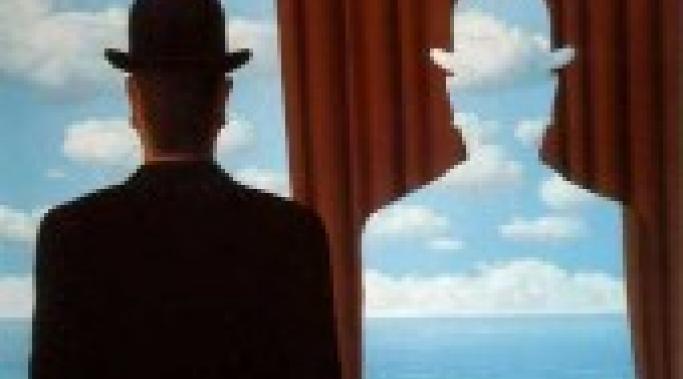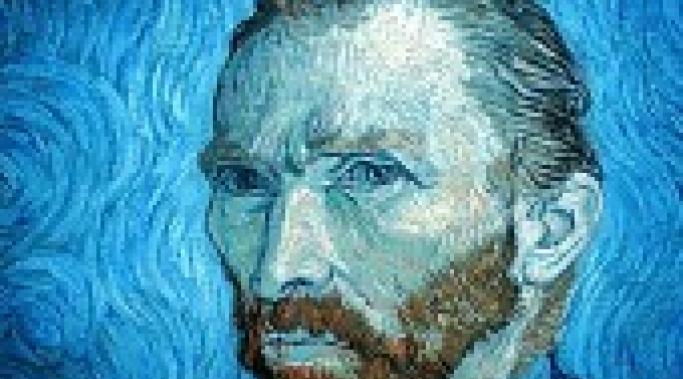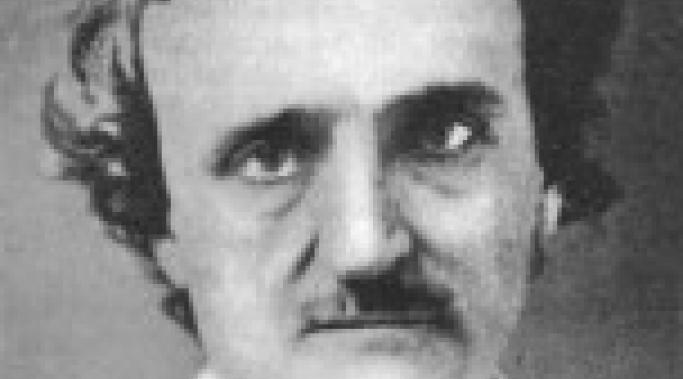When I sat down to write Invisible Driving in 1990 there was no way for me to know that this simple act of literary recklessness would hurl me down a path of mental health advocacy ultimately culminating, 22 years later, in the conclusion of this sentence.
Such is life in the land of Whackadoomious. Prior to writing the universe’s first bipolar memoir, I had labored valiantly to keep my mental illness under cover, hidden from the pitchfork-wielding town folk who welcome the mentally ill with the same enthusiasm they shower on seven-year locusts. Going public as a bipolar bear gave me what I call “confession Tourette’s” – I went from “lips are sealed” to bipolar blabbermouth.
Essentially, I wanted to educate the public as much as possible and, I dared, even defied, any of them to look down on me. I had a surly honking attitude back then. In time, I actually came to a point where I condescended to square shooters because – without mental illness as a teacher – their life experience was, quite frankly, inadequate in comparison to mine.
Mental Health History
I will never forget buying my first house. It was a suburban rancher set in the bucolic splendor of Bucks County, Pennsylvania. Bucks County, for those who don’t know, was home to William Penn. It is bordered on the east by the Delaware River, indeed, the famous incident depicted in a painting familiar to all schoolchildren - General George Washington recklessly standing up in a moving boat at winter as he and his intrepid soldiers cross the Delaware – happened there.
Bucks County is also where one finds New Hope (and who among us isn’t looking for New Hope?) a quaint tourist town dating back to colonial days that flourished because the ferry located there facilitated trade. Two centuries later New Hope would gain a different kind of celebrity as the summer residence of New York’s smart artistic set including painters, playwrights, composers, humorists, actors, fops, poseurs, and social butterflies.
My wife and I were able to afford it because it was a disaster area – the real estate agent described it as “tenant abused” – the victim of a “hot divorce”. This was an understatement, like saying that Dresden in 1945 “needed some TLC”. But the setting was remote and lovely. Our next door neighbor was a large dairy farm, our neighbor across the street was a horse farm where racehorses were bred and raised, and our down the street neighbor was a big-time cocaine dealer who lived in a massive geodesic dome and flew everywhere in his private helicopter.
Unpopular social subsets like illegal aliens (I mean beings from other planets), lawyers, and mentally ill people (MIPs), tend to attract bizarre, completely untrue mythology. For example, have you heard the popular myth that space aliens are lactose intolerant? This is simply untrue, and mean. Maybe you’ve heard the myth about lawyers eating their young. While not entirely untrue, it happens far less often than people believe.
When it comes to MIPs (Mentally Ill People), silly rumors and superstitions are rampant, which only contributes to an atmosphere of superstition, fear, and stigma. So, let’s have a look at some of the most persistent myths about MIPs (Mentally Ill People) and separate the square biz from the flapdoodle.
Popular animals have long been associated with products, institutions and causes to draw attention, increase likeability, and help fix key ideas in the public imagination. One need only mention Smokey The Bear to make the case convincingly.
Sporting a broad-brimmed ranger hat and gazing with unblinking, unforgiving eyes, Smokey warned us that we were the only ones capable of preventing forest fires. One had the sense that Smokey was not a bear to be trifled with, and yet, showing his vulnerable side he revealed that – as tough as he was – without our cooperation he, and his forest companions – deer, moles, ticks, woodchucks, badgers, marmosets, Thompson’s gazelles, beavers, polecats, and salamanders – and moose – were in serious trouble.
This concept, that an enormous, fierce bear was depending on little old us, had currency – and the campaign lasted not just for years but for decades. We liked Smokey, and we wanted to help him.
As many of you know, I am a devotee of quotations – those bite-sized nuggets of wisdom summarizing great truths of life quickly and with wit.
Some years back, in a cold, dingy room choked to the gills with cigarette smoke, bad coffee, tattoos, and incomprehensible blather uttered badly by battered bikers, businessmen, beauticians and stay at home moms, united in anonymous terror, I first heard this said.
"Insanity is doing the same thing over and over and expecting different results."
Later I found that this pearl of wisdom is credited to everybody’s favorite patent clerk, Albert Einstein. However… The more time I spent on the Internet the more I realized that roughly half of all quotes found there are bogus. Some are real but credited to the wrong author; others are totally made up and attributed to a famous, credible person.
For decades, academics from various disciplines have sought to identify a quantifiable link between manic depression (bipolar disorder) and artistic creativity. Admittedly it is not possible to do a comprehensive work-up of Beethoven, for example, and consequently a diagnosis of bipolar disorder based on the second-hand descriptions of bill collectors, cleaning ladies, and piano-tuners would seem like reaching – at best – and twaddle, at worst.
However, the idea’s tremendous appeal has caused it to persist despite overwhelming improbability. Perhaps this is because true artistic genius is so difficult for squares and apple-pie eaters to understand that the only plausible explanations are divine inspiration or, something equally incomprehensible, madness.
Since artists are almost universally disliked, it may also be a convenient way for Jim & Joanie Lunchbucket to belittle their accomplishments. Extrapolating a bit further, it might support the idea that art itself is an essentially pointless exercise since it is frequently the product of people so far short of a full deck that a game of solitaire would be a love song to futility.
If you’re anything like me, and I hope for your sake and the sake of your children that you are not, you’ve wrestled with your mental illness secure in the certainty that society cared about you only to the extent that it fervently wished you would excuse yourself from the room and be scarce in the way voles are scarce; that is to say, demonstrate your respect for “nice” people by remaining invisible to them.
Frankly, there is something soothing about looking at the ladder which leads up and up to society’s golden promises only to realize that the first few rungs of yours have been sawed in half and you won’t even have a chance to fall off, much less climb. Soothing because, in life, it is comforting to know where one stands, or, as is the case here, doesn’t stand. If you aren’t shocked and surprised by every disrespectful snub and injustice, you cannot be disappointed and consequently, will harbor no resentment. (To put it differently, it is the illusion of a just world that causes heartache, not the sting of an unjust one.)
This is the golden age of political correctness, and for the mentally ill in our midst, it simply couldn’t happen soon enough. Horrible slurs like porridge-head, cracker academy graduate, and el whackadente have been replaced by culturally sensitive terms such as, unreality-enabled, extra-normal, and sanity-challenged.
But removing the fangs from common speech is just the beginning. Increasingly there is sensitivity about what questions may be considered appropriate to ask a person wrestling with mental illness. Here are just a few of the most common of them, now considered intrusive, prejudicial, stereotypical, and rude.
1. Why don’t you just get over it?
2. Is what you’ve got really a disease, or it is it just a character flaw?
3. Did you ever try growing up?
4. Why is there a duck on your head?
5. Have you looked into Scientology?
I’m glad to report that the use of knee-jerk, judgmental questions like these is on the way out. But my feeling is, why stop there? Now that we’ve built up a little momentum, let’s expand the list of verboten phrases – questions and comments simply off limits when it comes to the mentally ill among us.
For years, members of The National Association of Mental Health Professionals Hoping To Influence Public Perceptions of Whackadoomiousness (NAMHPHIPPW) have sought out ways of educating the public, eroding stigma, and charging off expensive lunches at swank restaurants.
The PR wing of this advocacy organization is very excited about a new, innovative public awareness campaign they’re calling, Odd Aid. NAMHPHIPPW officials agree that the best way to shift cultural perceptions is by going directly to popular public figures. Building on the success of Live Aid and Farm Aid, Odd Aid will feature a host of legendary performers; with one important difference.
Every participating Odd Aid artist will be performing an original song specifically designed to shed light on a particular form of mental illness. Stigma beware; this plethora of plucky performers is out to get you!
Much has been made about the relationship between mental illness and artistic creativity. To test this theory, I’ve assembled some of the most famous first lines in fiction. Your challenge is to match them with their book of origin, the author of that book, and – this is the important part – the mental illness that prompted the passage.
For example:
First Sentence: “We were somewhere around Barstow on the edge of the desert when the drugs began to take hold.”
Book: Fear and Loathing in Las Vegas
Author: Hunter S. Thompson
Mental Illness: Chemical dependency & narcissism.
Easy, right? Okay, here we go. Good luck!









